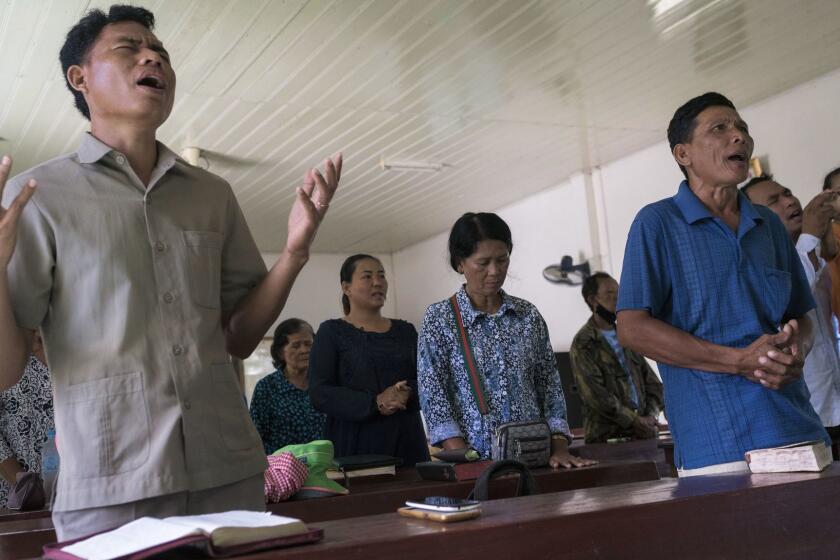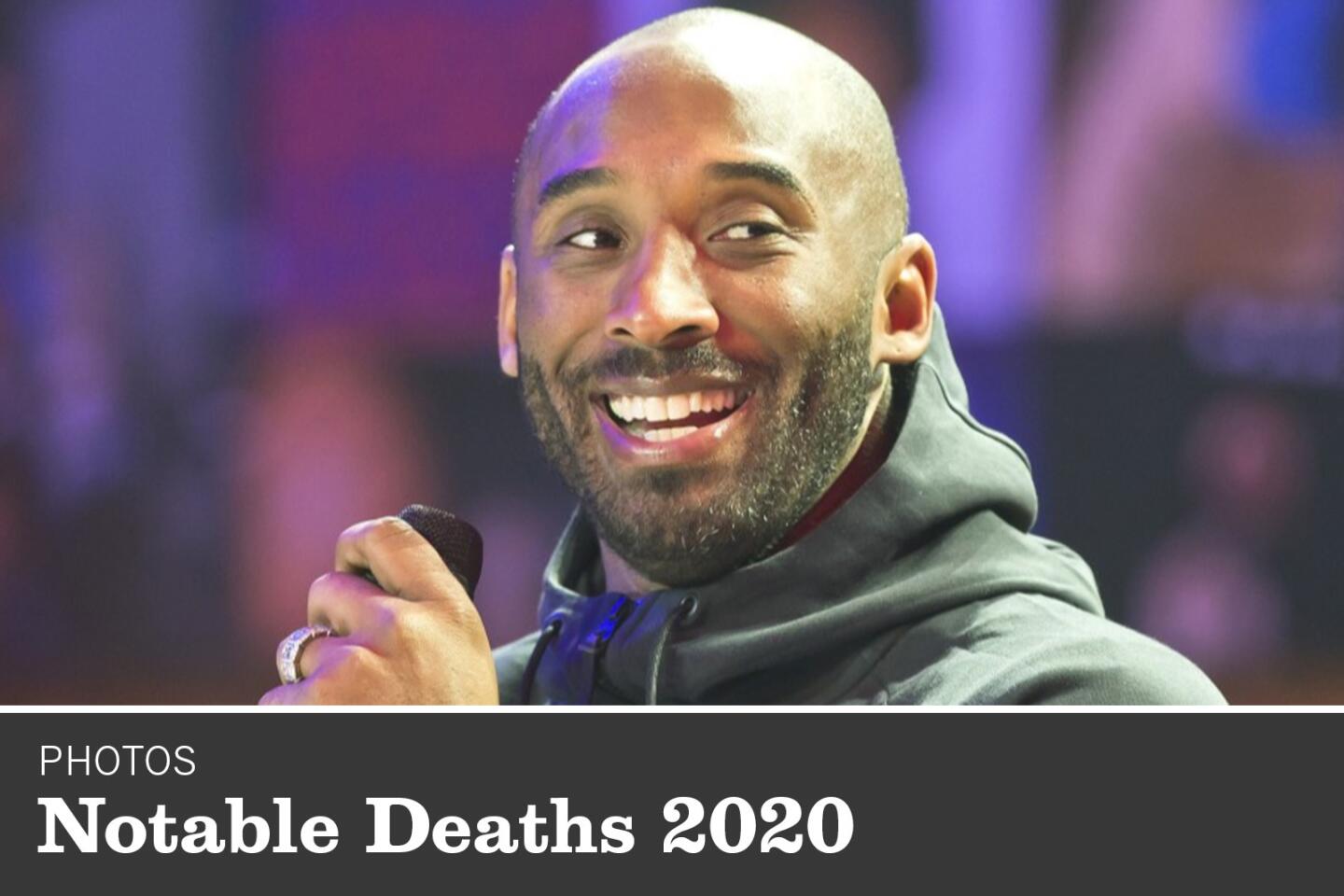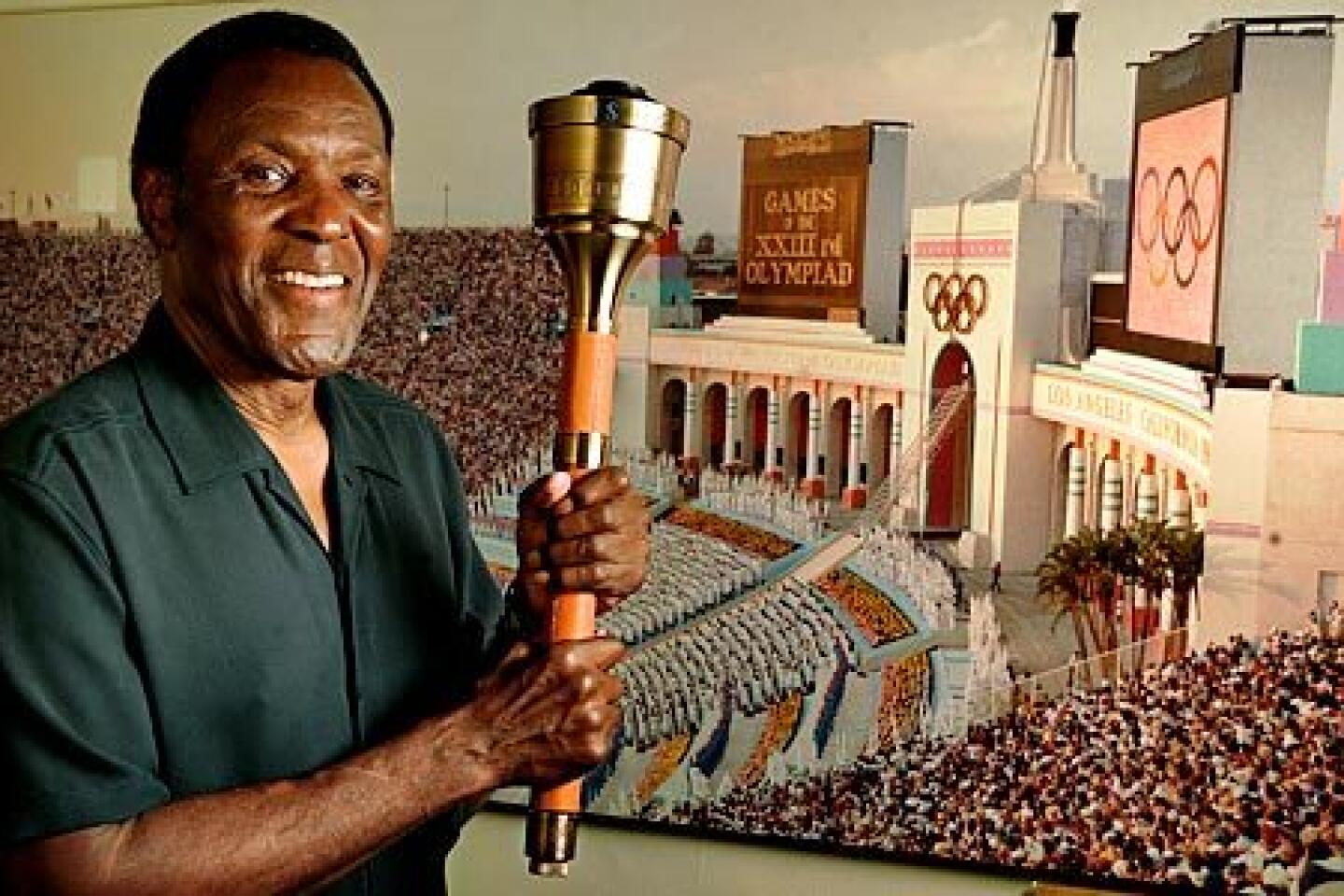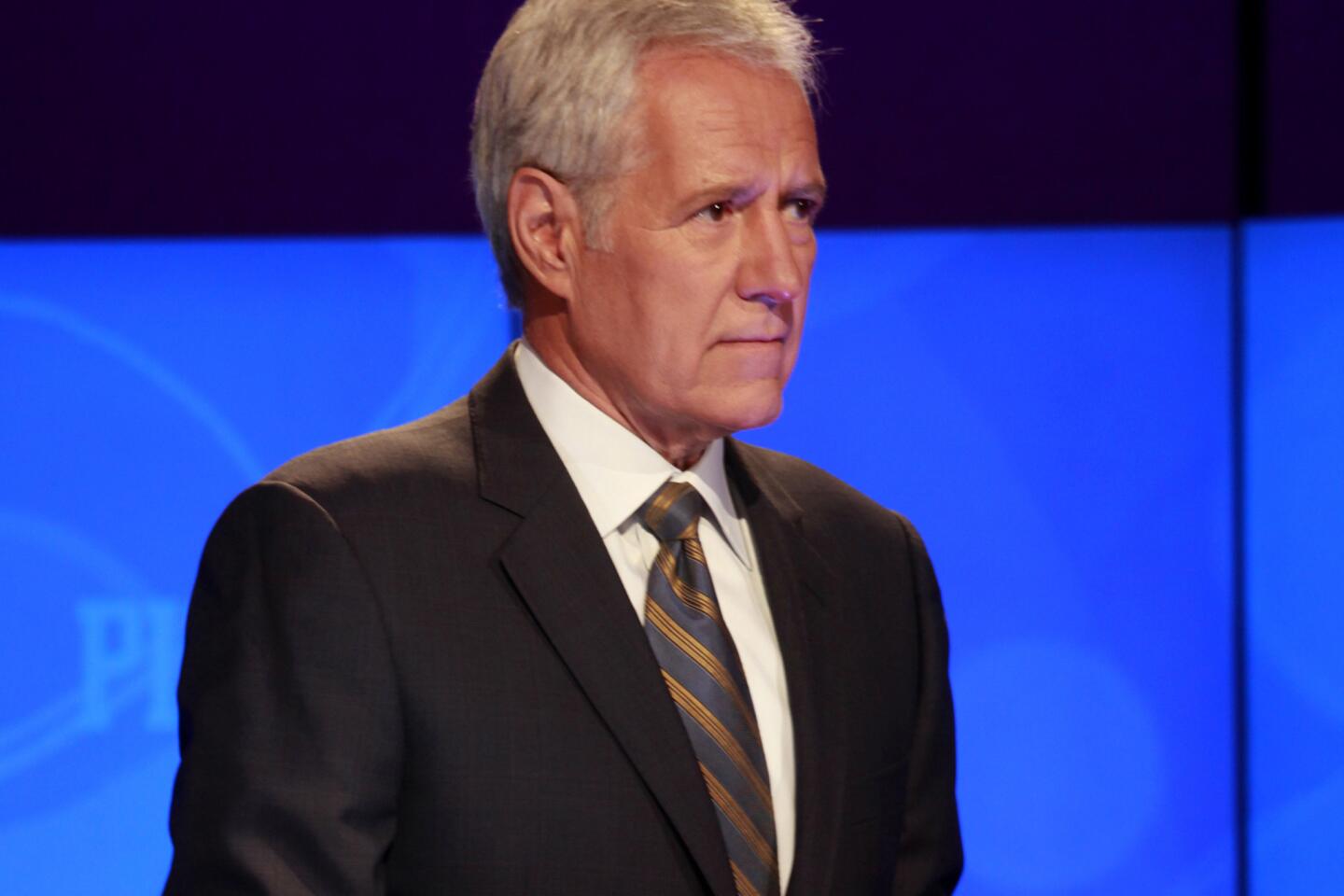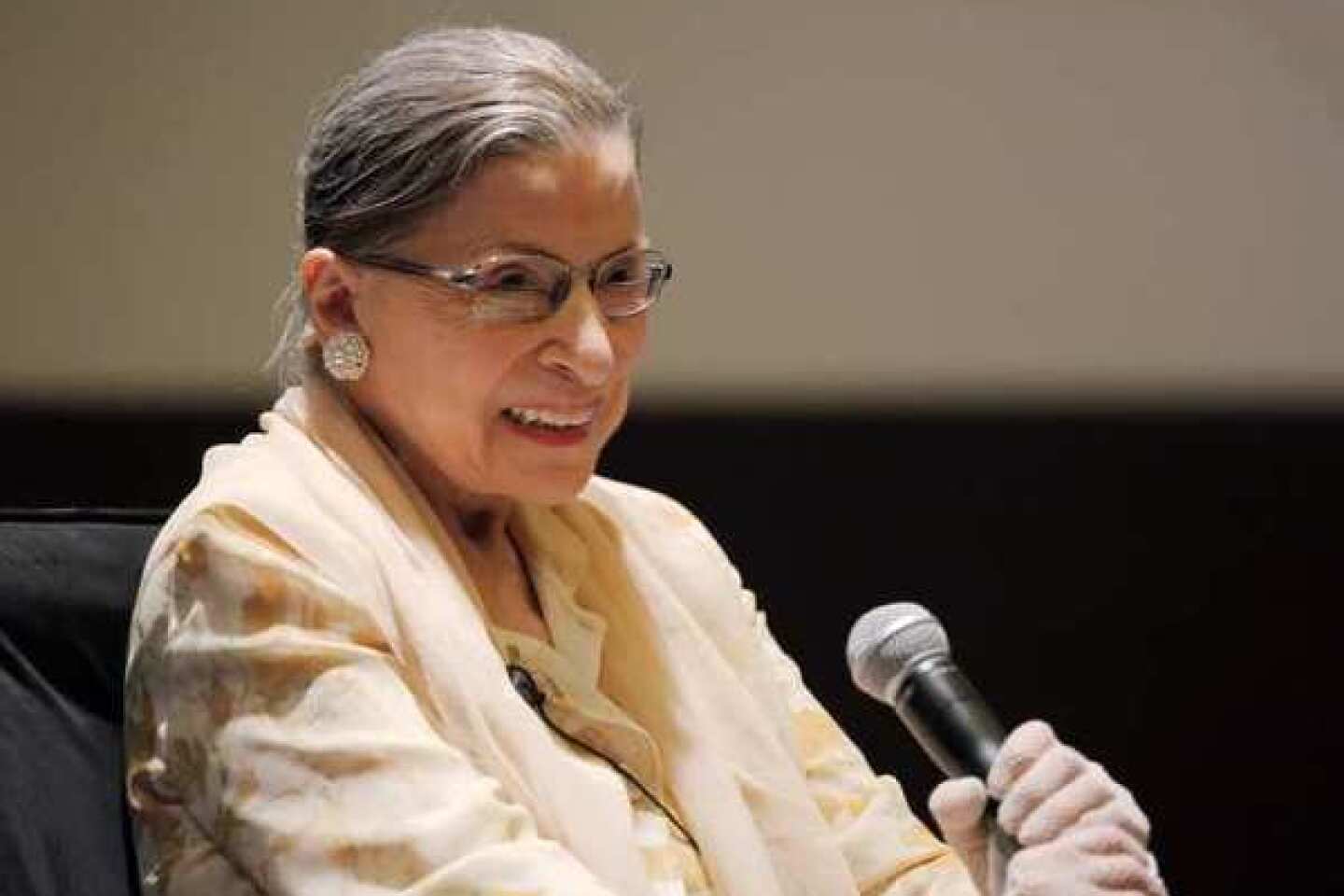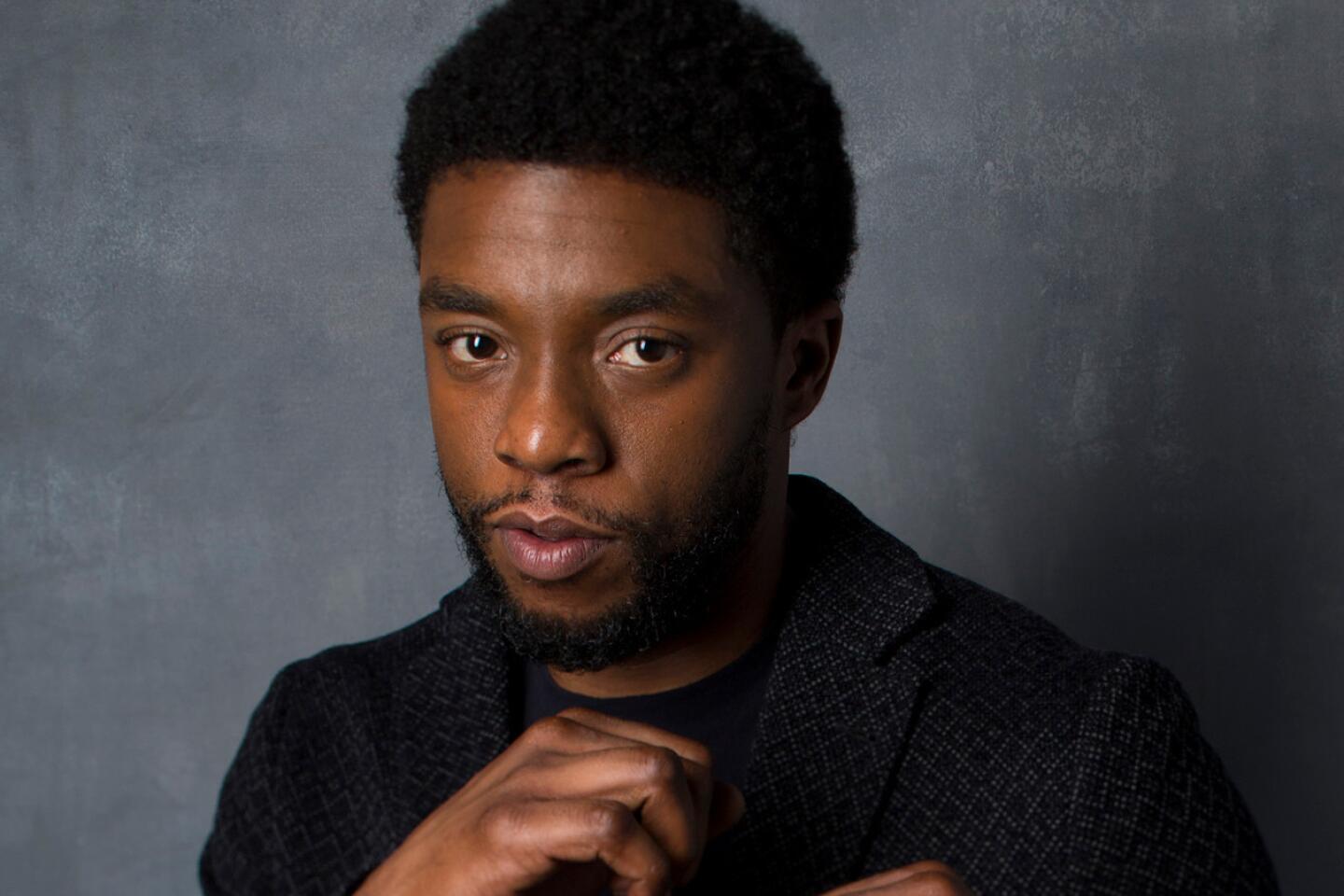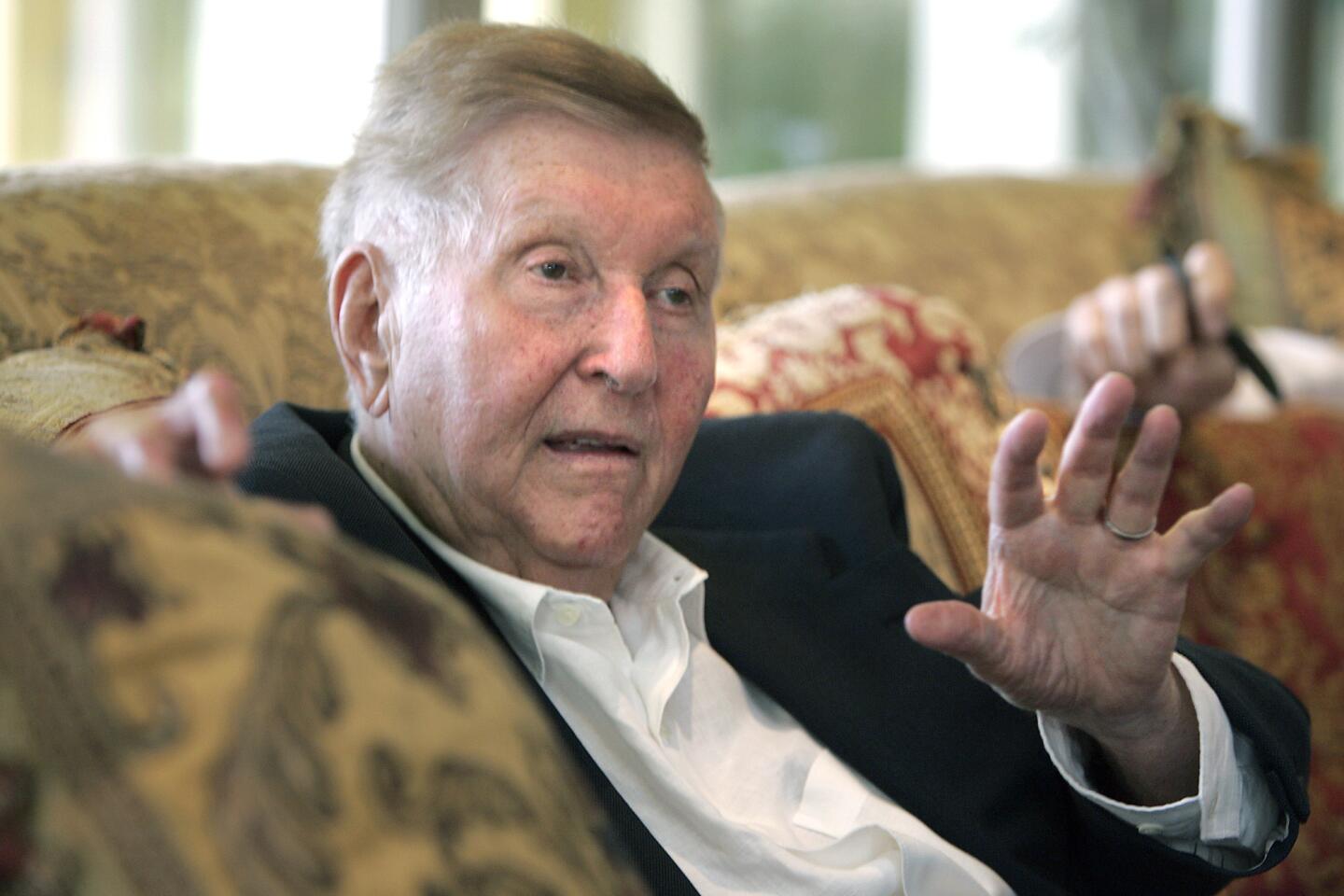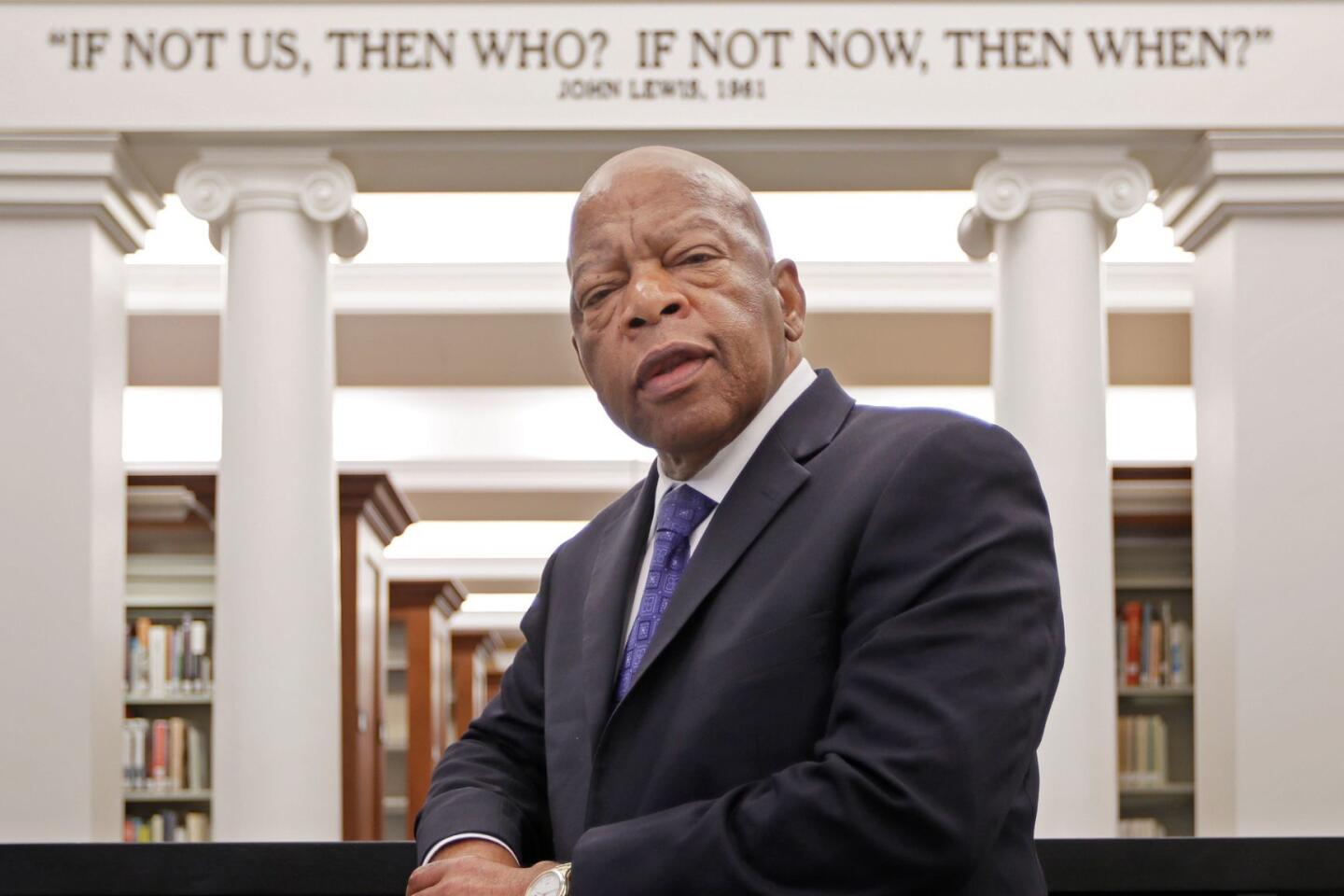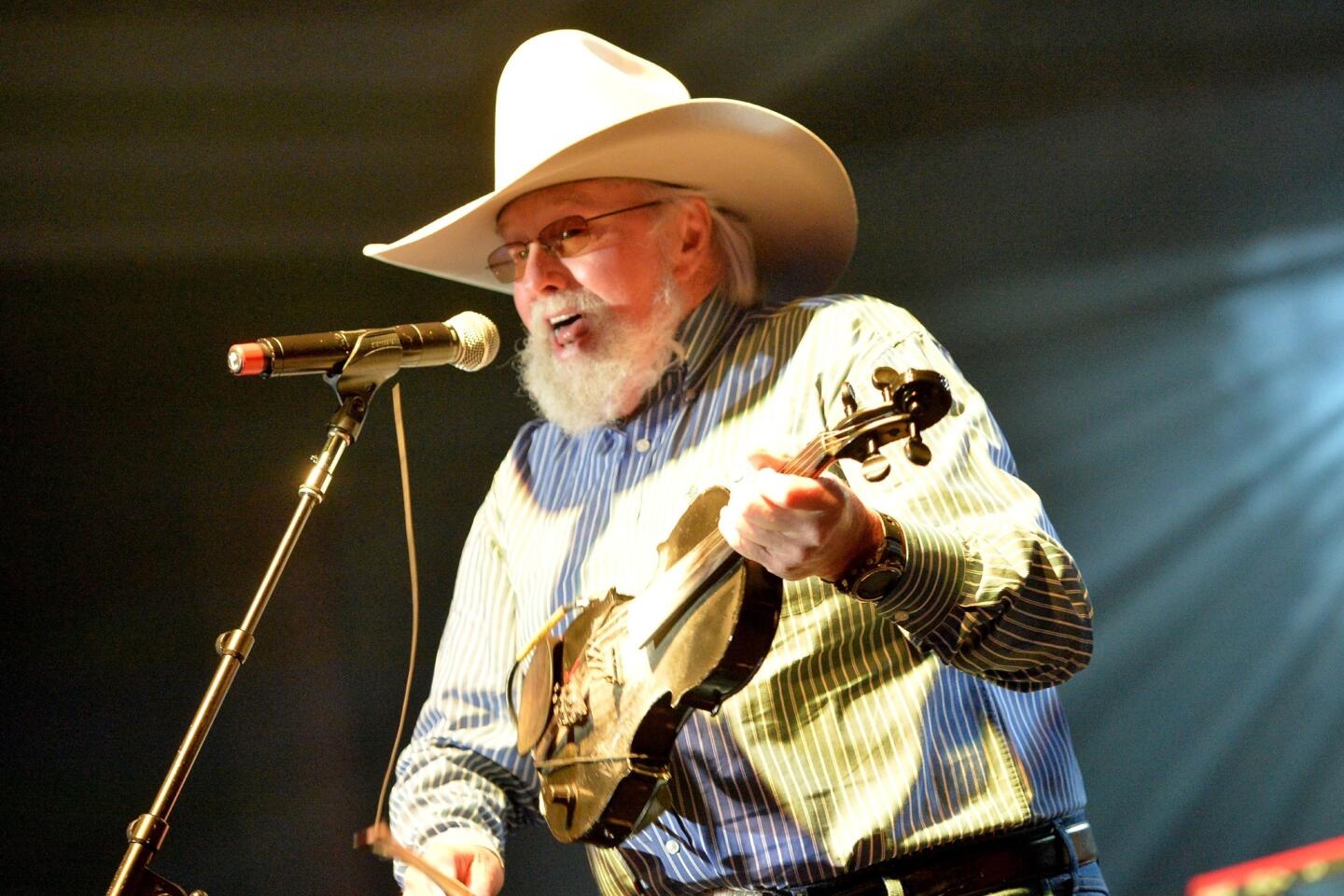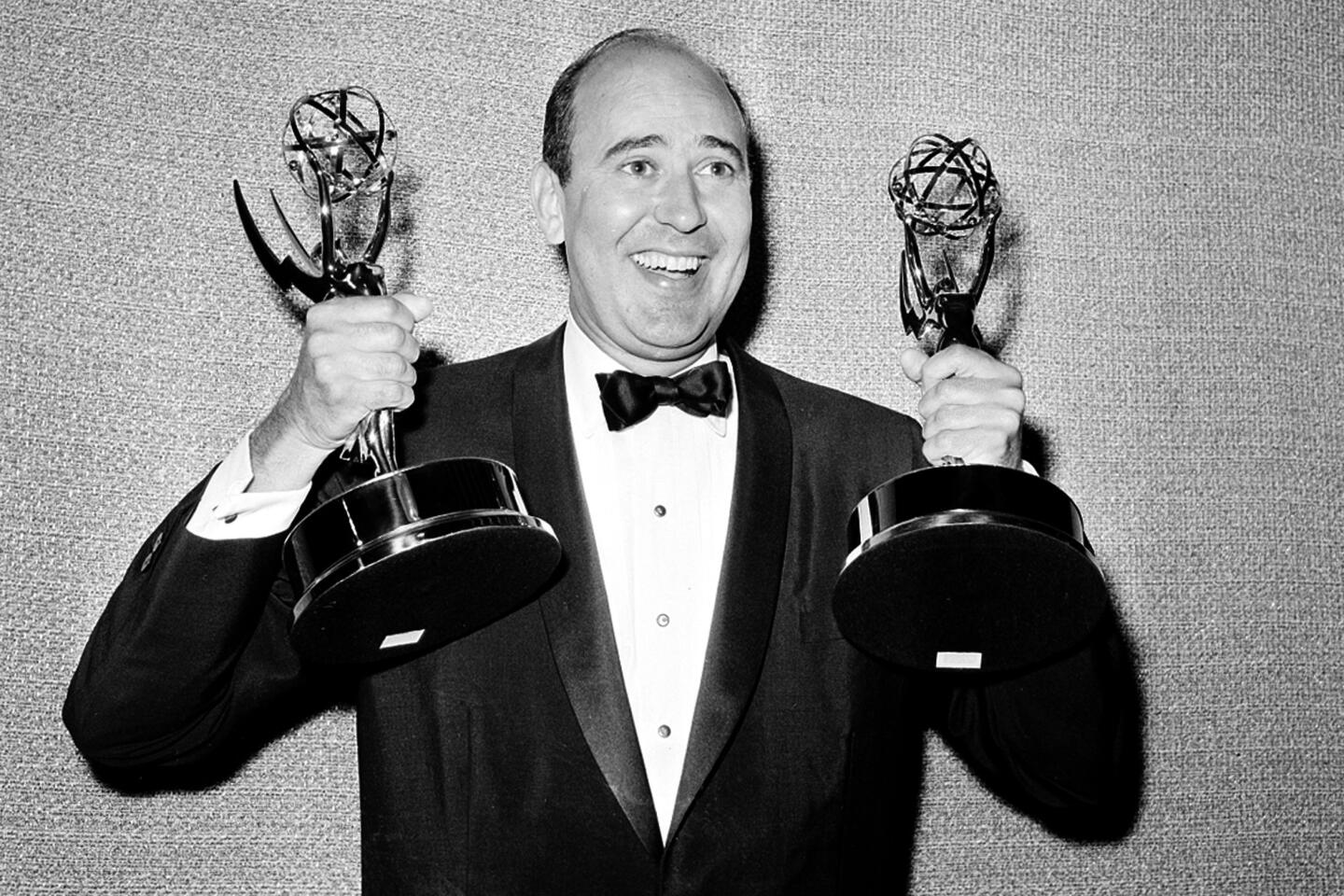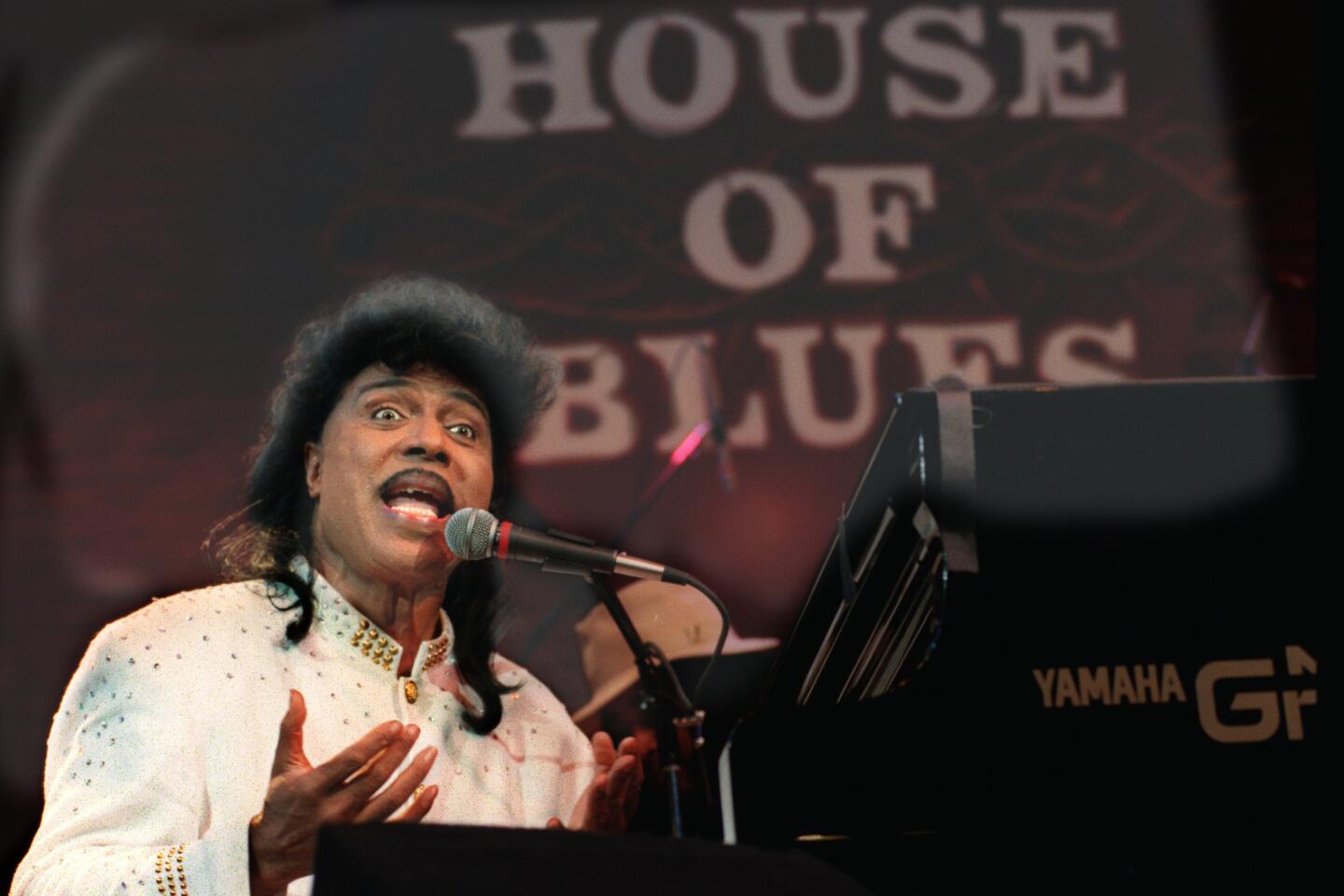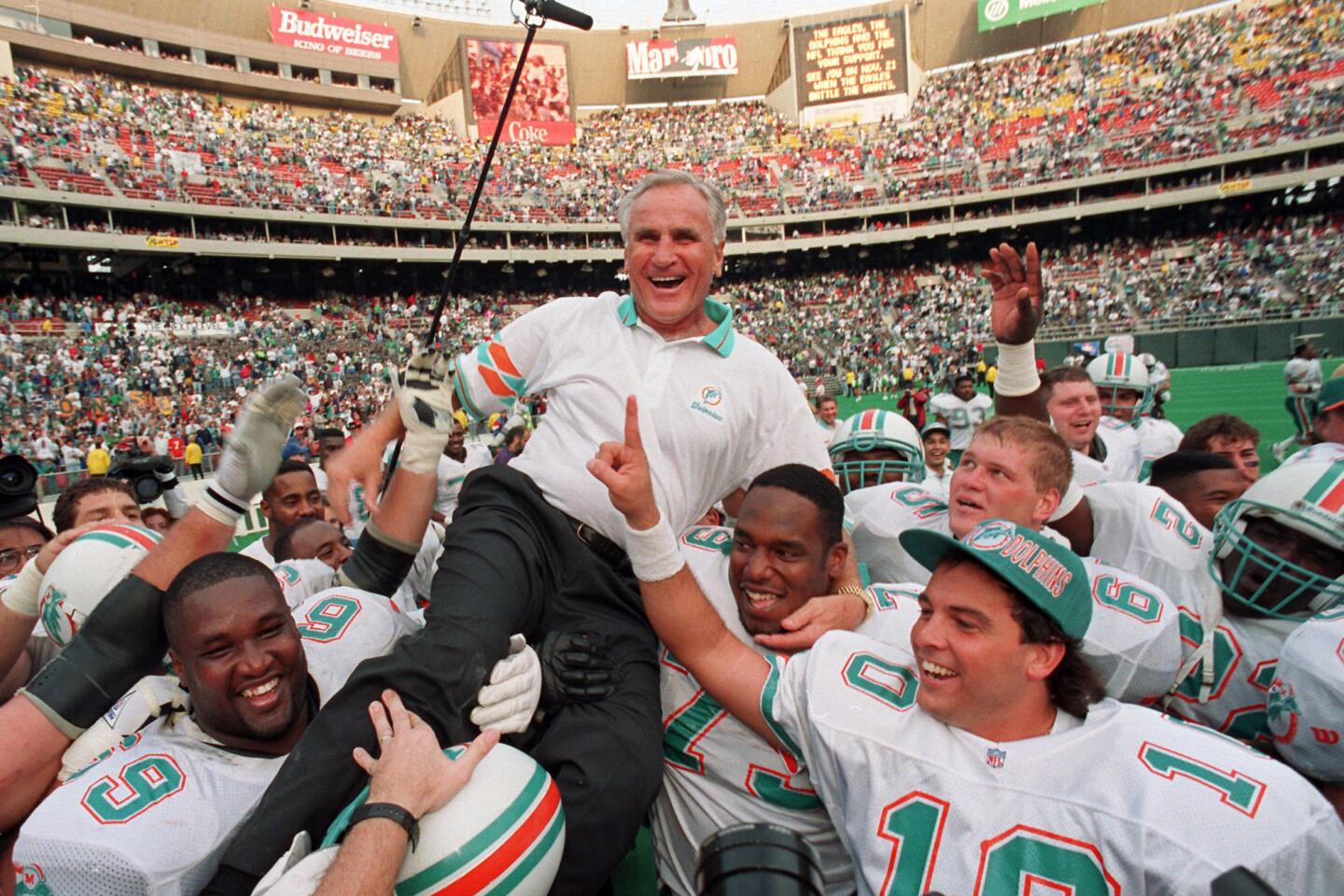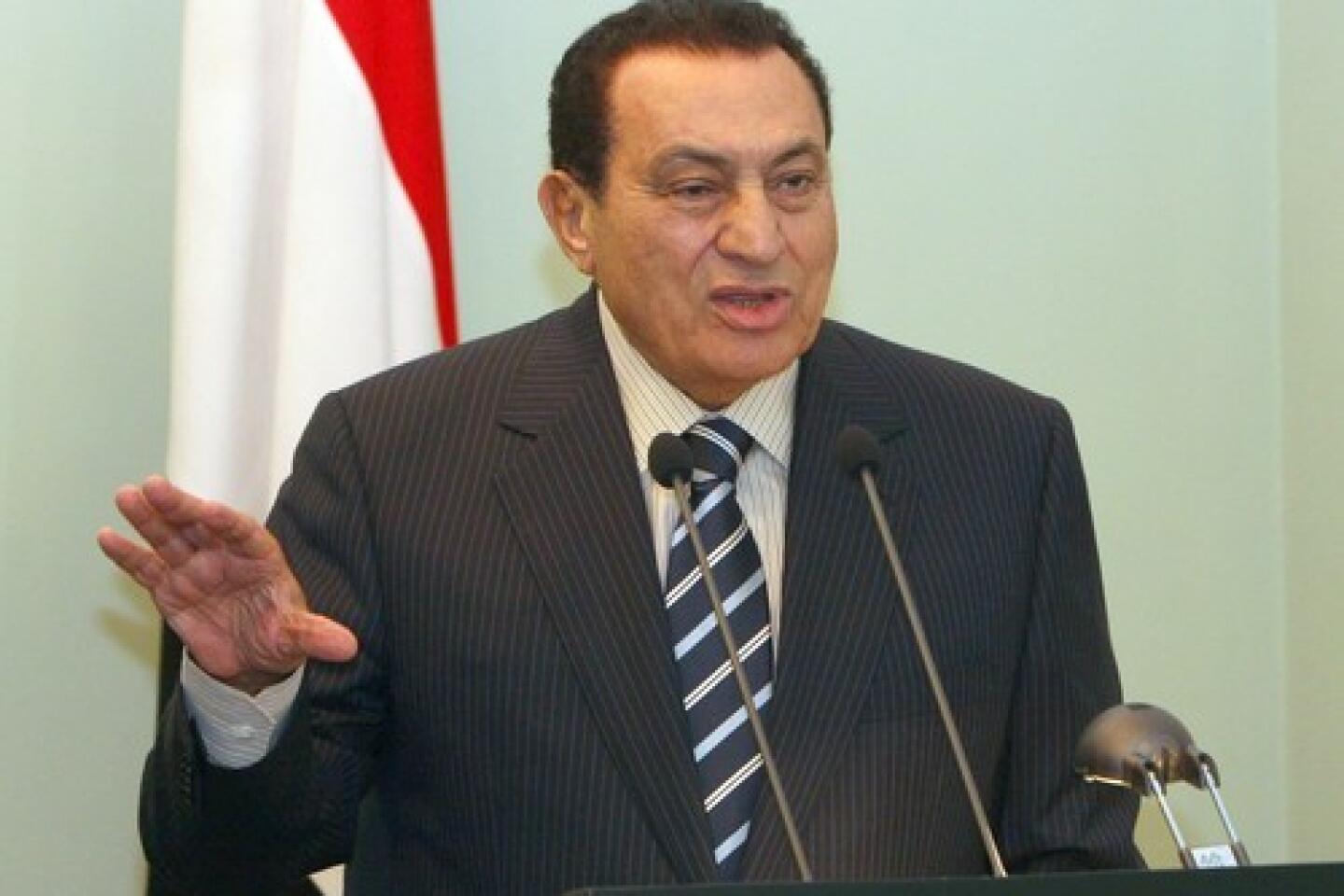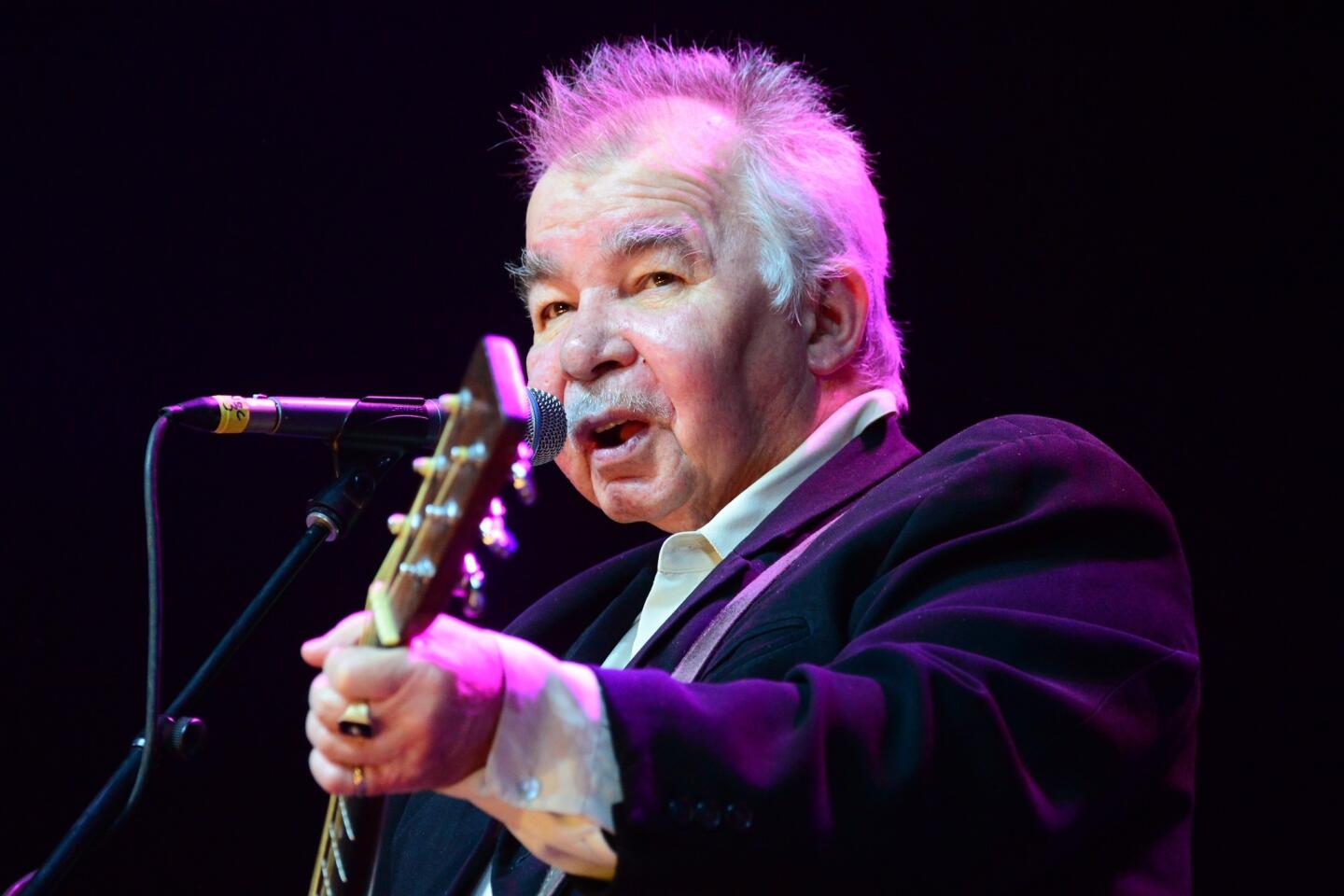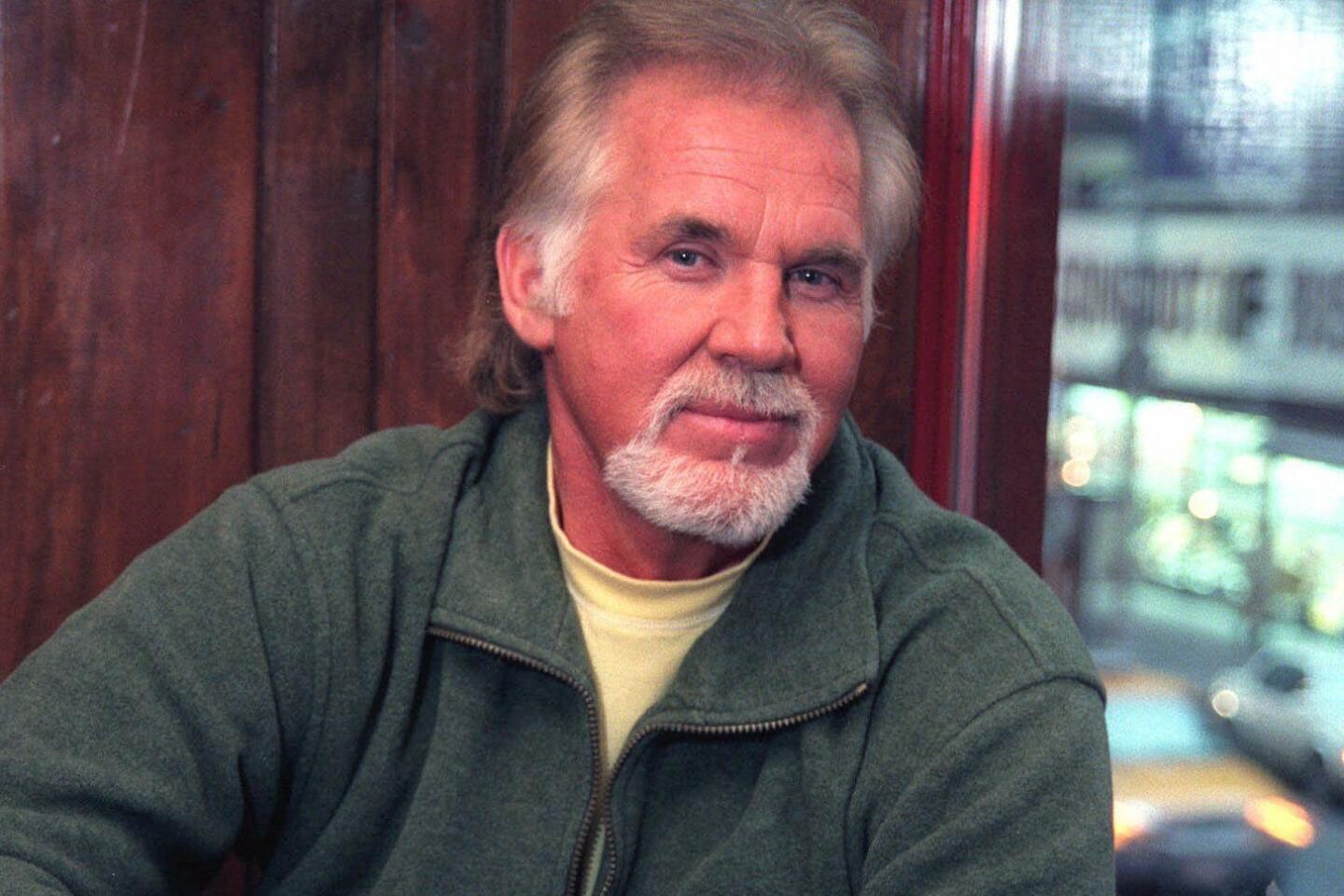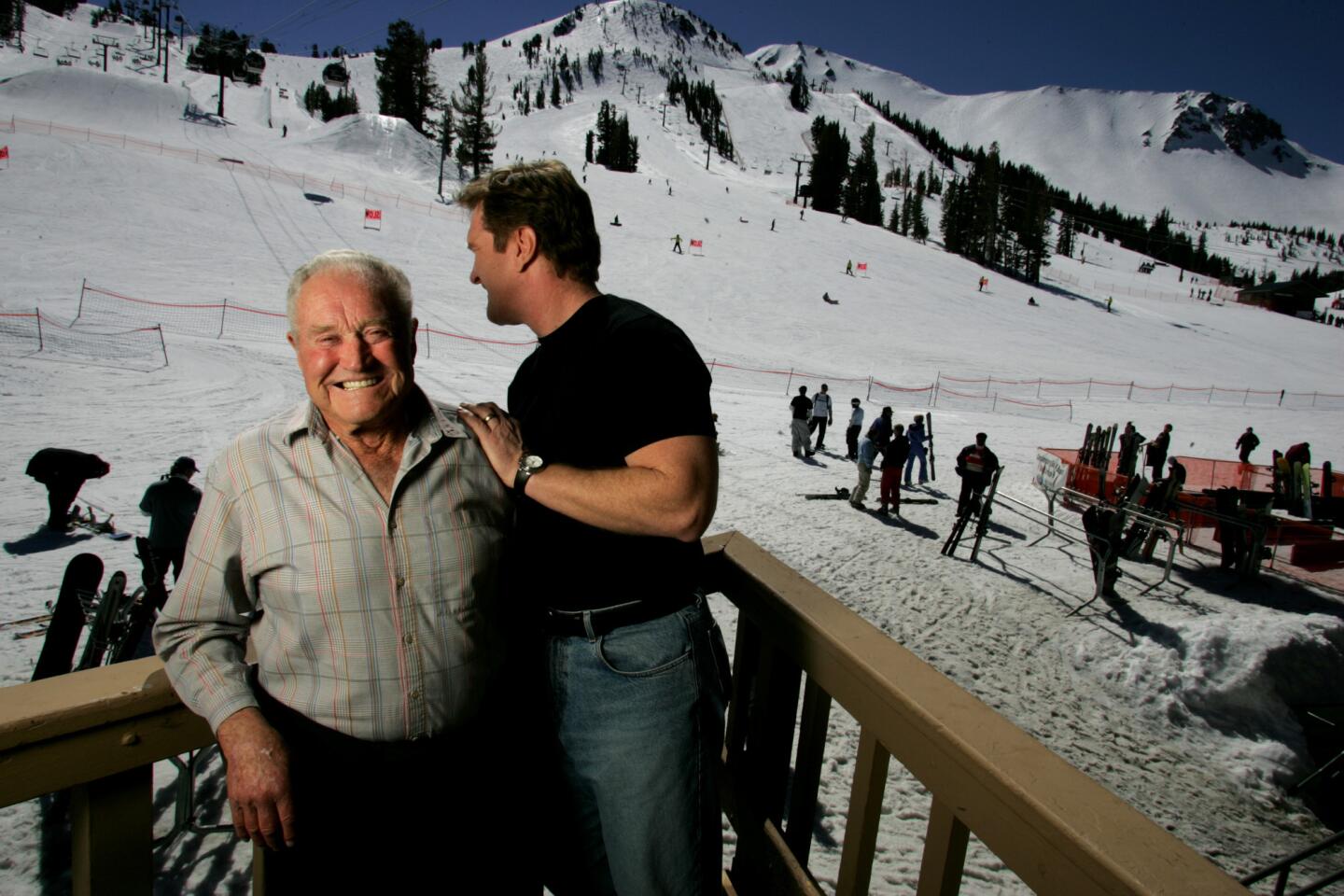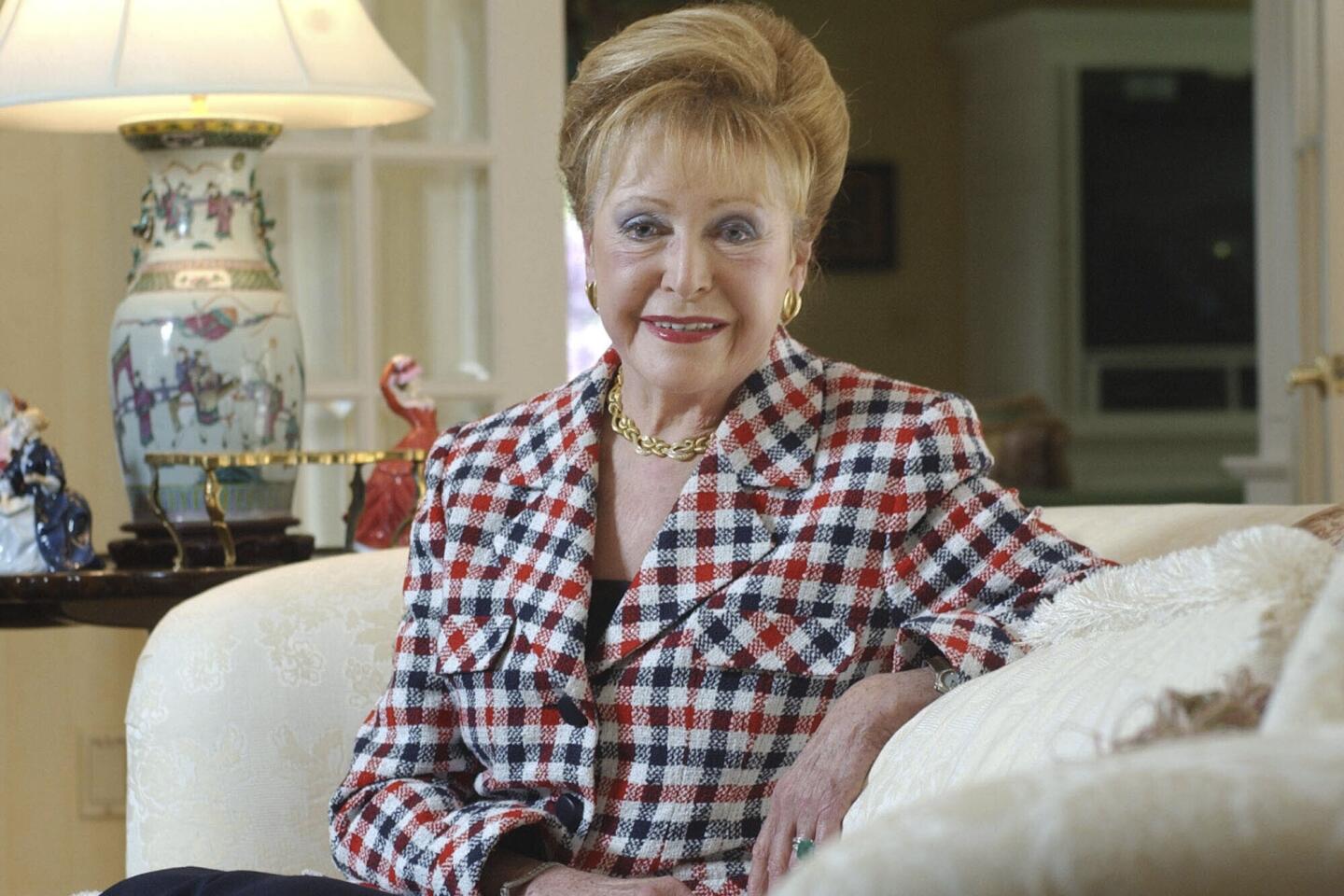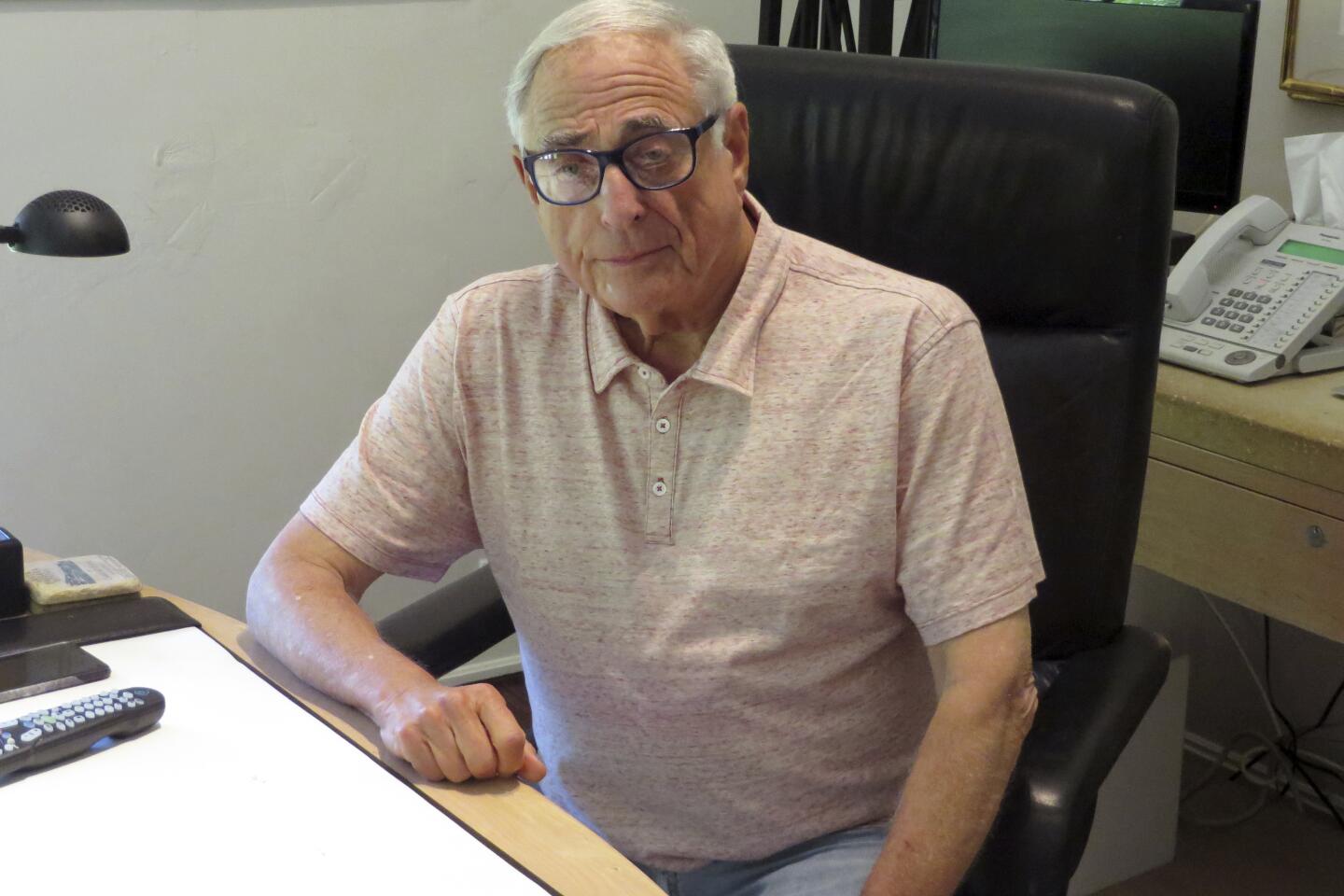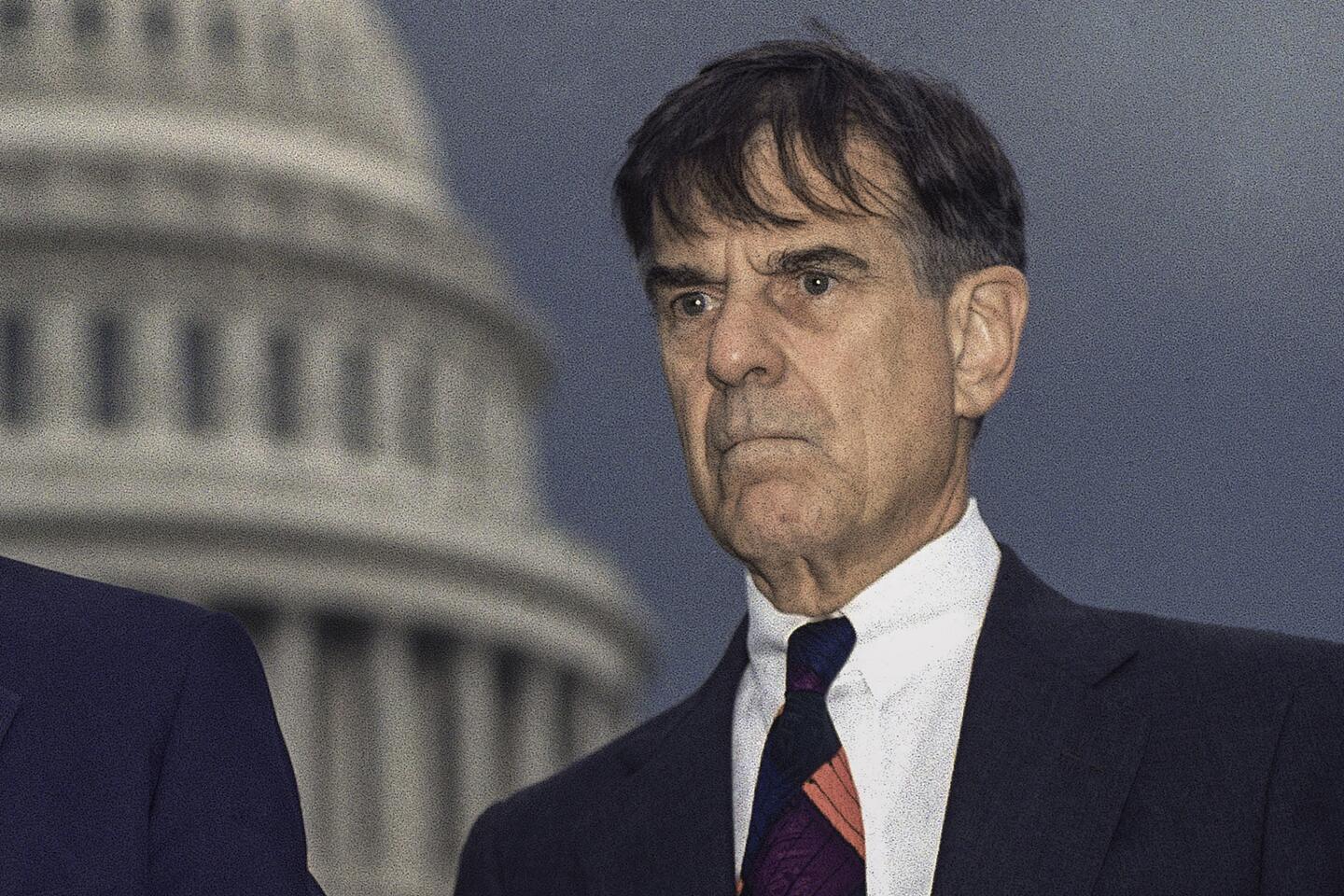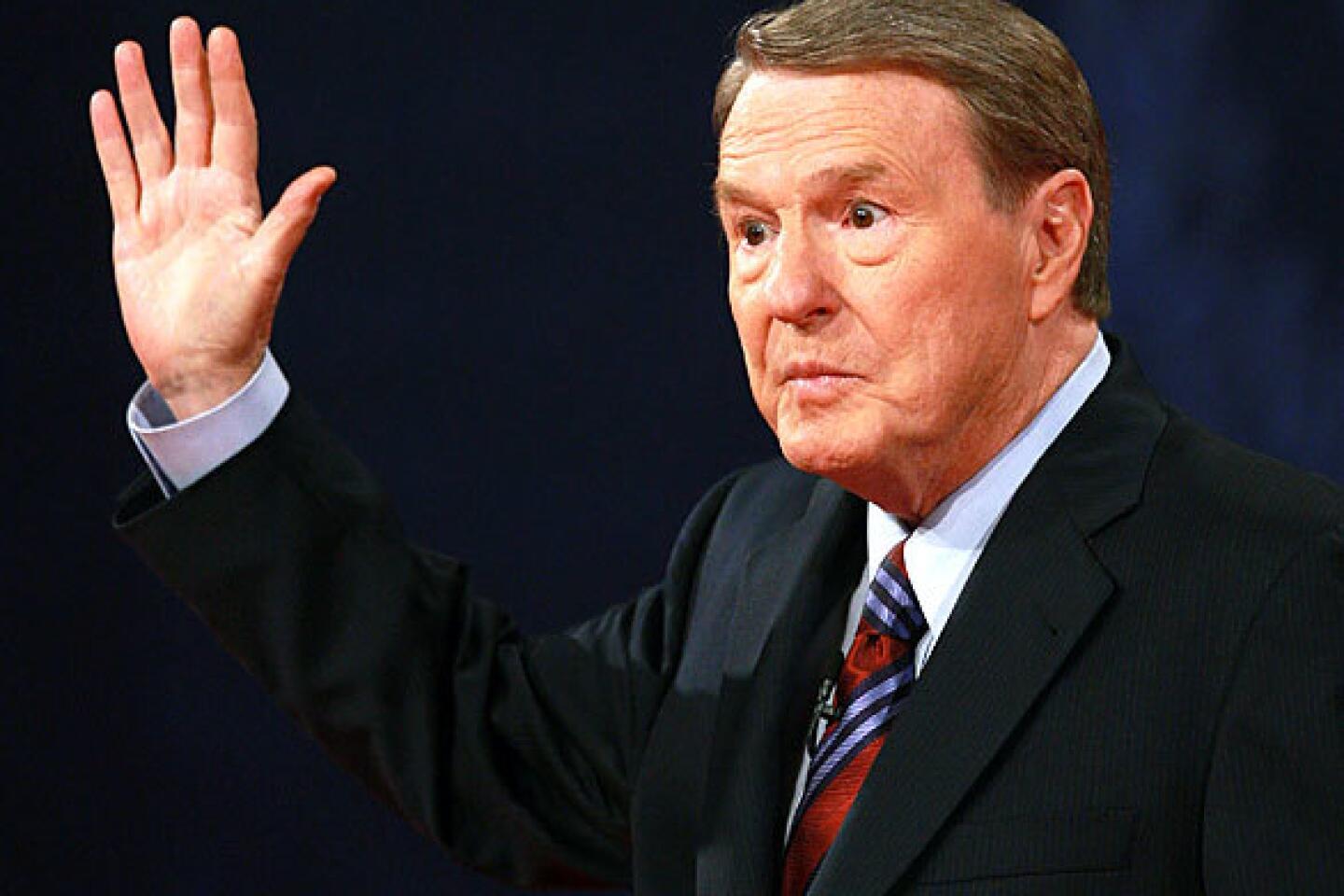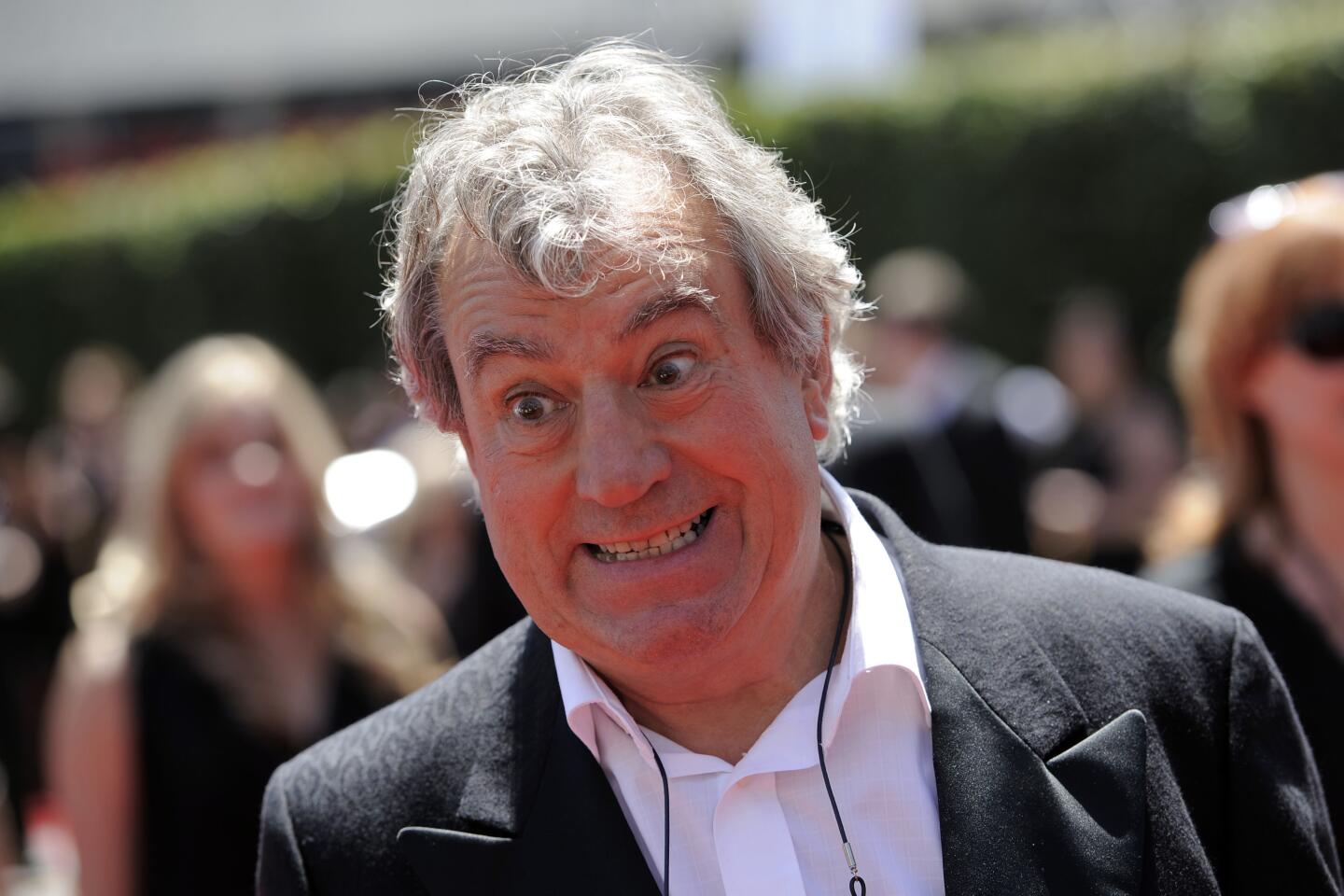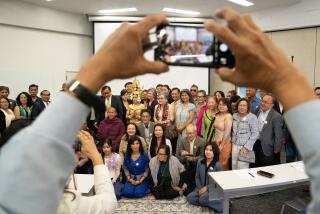PHNOM PENH, Cambodia — The Khmer Rouge’s chief jailer, who admitted overseeing the torture and killings of as many as 16,000 Cambodians while running the regime’s most notorious prison, has died. Kaing Guek Eav, known as Duch, was 77 and had been serving a life sentence for war crimes and crimes against humanity.
He died at a hospital in Cambodia early Wednesday morning, said Neth Pheaktra, a spokesperson for the tribunal in Phnom Penh that handled the trials for the regime’s crimes.
Duch was admitted to Cambodian Soviet Friendship Hospital after developing difficulty breathing Monday at the Kandal provincial prison, said Chat Sineang, chief of the prison where Duch had been transferred from the tribunal’s prison facility in 2013. He added that the body would be examined for a cause of death before being handed over to his family.
Duch, whose trial took place in 2009, was the first senior Khmer Rouge figure to face the U.N.-backed tribunal assembled to deliver justice for the regime’s brutal rule in the late 1970s, which is blamed for the deaths of 1.7 million people — a quarter of Cambodia’s population at the time.
The communist Khmer Rouge regime that ruled Cambodia from 1975 to 1979 was accused of genocide for causing the deaths of so many compatriots from executions, starvation and lack of medical care because of its radical policies. Only after neighboring Vietnam pushed the Khmer Rouge from power did the scale and barbarity of the group’s rule become absolutely clear.
As commander of the top-secret Tuol Sleng prison code-named S-21, Duch was one of the few ex-Khmer Rouge who acknowledged even partial responsibility for his actions, and his trial included his own wrenching, graphic testimony of how people were tortured at the prison. The site in Phnom Penh, which had been a secondary school before the Khmer Rouge came to power, is now a museum with stunning evidence of the cruelty with which the Khmer Rouge persecuted even its own members they accused of disloyalty.
Men, women and children seen as enemies of the regime or who disobeyed its orders were jailed and tormented there, and only a handful survived.
“Everyone who was arrested and sent to S-21 was presumed dead already,” Duch testified in April 2009.
The tribunal since Duch’s trial has convicted two top Khmer Rouge leaders, while two other defendants died before their trials could be completed. The regime’s No. 2 leader, Nuon Chea, died during his appeals process. The tribunal, established in 2004 by an agreement between the U.N. and the Cambodian government, has cost more than $360 million.
The other whose appeal is under consideration, former head of state Khieu Samphan, almost certainly will be the last one to face trial, owing to the Cambodian government’s opposition to any more prosecutions. The top Khmer Rouge leader, Pol Pot, died in 1998 as a prisoner of his comrades in what had shrunk to a spent force of jungle-based guerrillas.
Youk Chhang, head of the Documentation Center of Cambodia, which has collected voluminous archives about the country’s tragedy, said Duch’s death “is a reminder to us all to remember the victims of the Khmer Rouge. And that justice remains a difficult road for Cambodia.”
Torturers under Duch beat and whipped prisoners and shocked them with electrical devices. He admitted that in court, but denied accounts from survivors and other trial witnesses that he took part in torture and executions himself. The children of detainees were killed to ensure that the next generation could not take vengeance. Duch called himself “criminally responsible” for babies’ deaths but blamed his subordinates for battering the young bodies against trees.
He said the prison’s own guards and interrogators were killed for small mistakes. He showed rare emotion on the witness stand in June 2009 while speaking of seeing his fellow revolutionaries locked in the cells of his prison. Confessing to betraying his own friends, he said: “That was beyond cowardly.”
When a guilty verdict was finally delivered against him in July 2010, he was sentenced to 35 years, shortened to 19 because of time served. The judges said they considered the Cold War context of the atrocities and Duch’s cooperation and expressions of remorse, however limited.
But outraged survivors feared he could one day walk free. On appeal, the sentence was lengthened in 2012 to life in prison for his “shocking and heinous” crimes against the Cambodian people.
Like many key members of the Khmer Rouge, Duch was an academic before he became a revolutionary. The former math teacher joined Pol Pot’s movement in 1967, three years before the U.S. started carpet-bombing Cambodia to try to wipe out Northern Vietnamese troops and Viet Cong inside the border.
The Khmer Rouge seized power in 1975 and immediately attempted a radical transformation of Cambodia into a peasant society, emptying cities and forcing the population to work on the land in the country they renamed Democratic Kampuchea. They backed up their rule with ruthless elimination of perceived enemies, and by 1976, Duch was the trusted head of its ultimate killing machine, S-21.
Tribunal judges said he signed off on all executions there and was often present when interrogators used torture to extract confessions, including pulling out prisoners’ toenails, administering electric shocks and waterboarding. Despite his denials, the judges said he had at times taken part in the torture and executions himself.
The torture and executions that took place at Tuol Sleng were routinely recorded and photographed, and when the Khmer Rouge was forced from power in 1979, the thousands of documents and film negatives left at the prison became proof of the regime’s atrocities.
Duch fled, disappearing for almost two decades in northwestern Cambodia and converting to Christianity until a chance discovery by a British journalist in 1999 led to his arrest.
Duch has several times asked for forgiveness, even offering at one point to face a public stoning. But his surprise request on the final day of the trial to be acquitted and freed left many wondering if his contrition was sincere.
1/25
Kobe Bryant, Ruth Bader Ginsburg, Sean Connery and more. (Los Angeles Times)
2/25
Rafer Johnson, winner of the 1960 Olympic decathlon gold medal, was a man whose legacy was interwoven with Los Angeles history, beginning with his performances as a world-class athlete at UCLA and punctuated by the night in 1968 when he helped disarm Robert F. Kennedy’s assassin at the Ambassador Hotel. Johnson lit the Olympic flame at the opening of the 1984 Summer Games in Los Angeles. He was 86.
(Mel Melcon / Los Angeles Times) 3/25
With his quick wit and easy smile,
Alex Trebek drove the game show “Jeopardy!” up the ratings charts and became a welcome television host in America’s living rooms. As the quiz show rolled through the decades, Trebek remained a comfortable fit — in a 2014 Reader’s Digest poll, Trebek ranked as the eighth-most trusted person in the United States, right behind Bill Gates and 51 spots above Oprah Winfrey. He was 80.
(Los Angeles Times) 4/25
Guitarist Eddie Van Halen’s speed and innovations along the fretboard inspired a generation of imitators as the band bearing his name rose to MTV stardom and multiplatinum sales over 10 consecutive albums. The streak made Van Halen one of the most successful bands in rock history, including two albums that reached diamond status (10 million copies sold): 1978’s debut “Van Halen” and 1984’s “1984.” He was 65.
(Wibbitz/Getty) 5/25
Justice Ruth Bader Ginsburg championed women’s rights — first as a trailblazing civil rights attorney who methodically chipped away at discriminatory practices, then as the second woman to serve on the Supreme Court, and finally as an unlikely pop culture icon. A feminist hero dubbed Notorious RBG, Ginsburg became the leading voice of the court’s liberal wing, best known for her stinging dissents on a bench that mostly skewed right since her 1993 appointment. She was 87.
(Kiichiro Sato / Associated Press) 6/25
Chadwick Boseman’s breakout role was playing Dodger Jackie Robinson in the 2013 sports biopic “42.” The next year, he made an electrifying lead turn as James Brown, the Godfather of Soul, in “Get on Up.” Then came the role that would change his career: As
Black Panther, the Marvel Cinematic Universe’s first Black superhero, Boseman became the face of Wakanda to millions of fans around the world and helped usher in a new and inclusive era of superhero blockbusters. He was 43.
(Jay L. Clendenin / Los Angeles Times) 7/25
Sumner Redstone outmaneuvered rivals to assemble one of America’s leading entertainment companies, now called ViacomCBS, which boasts CBS, Comedy Central, MTV, Nickelodeon, BET, Showtime, the Simon & Schuster book publisher and Paramount Pictures movie studio. Unlike contemporaries Rupert Murdoch and Ted Turner, Redstone was not a visionary, but rather a hard-charging lawyer and deal maker who pursued power and wealth through the accumulation of content companies. He was 97.
(Brian Vander Brug / Los Angeles Times) 8/25
Regis Philbin reigned for decades as the comfortable and sometimes cantankerous morning host of “Live,” first with Kathie Lee Gifford and later Kelly Ripa, above. He earned Emmy nominations by the armful, hosted New Year’s Eve specials, rode in parades, set a record for the most face-time hours on television and helped reinvigorate prime-time game shows with “Who Wants to Be a Millionaire.” He was 88.
(Charles Sykes / Associated Press) 9/25
Rep. John Lewis famously shed his blood at the foot of a Selma, Ala., bridge in a 1965 demonstration for Black voting rights, and went on to become a 17-term Democratic member of Congress. An inspirational figure for decades, Lewis was one of the last survivors among members of the Rev. Martin Luther King Jr.’s inner circle. He was 80.
(Mark Humphrey / Associated Press) 10/25
Country music firebrand and fiddler Charlie Daniels started out as a session musician, which included playing on Bob Dylan’s 1969 album “Nashville Skyline,” and beginning in the early 1970s toured endlessly with his own band, sometimes doing 250 shows a year. In 1979, Daniels had a crossover smash with “The Devil Went Down to Georgia,” which topped the country chart, hit No. 3 on the pop chart and was voted single of the year by the Country Music Assn. He was 83.
(Rick Diamond / Getty Images for IEBA) 11/25
Carl Reiner first came to national attention in the 1950s on Sid Caesar’s “Your Show of Shows,” where he wrote alongside Mel Brooks, Neil Simon and other comedy legends. He later created “The Dick Van Dyke Show,” one of TV’s most fondly remembered sitcoms, and directed hit films including “The Comic” (1969), starring Van Dyke; “Where’s Poppa?” (1970), starring George Segal and Ruth Gordon; “Oh, God!” starring George Burns and John Denver; and four films starring Steve Martin. He was 98.
(Associated Press ) 12/25
The flamboyant, piano-pounding Little Richard roared into the rock ‘n’ roll spotlight in the 1950s with hits such as “Tutti-Frutti,” “Long Tall Sally” and “Good Golly, Miss Molly.” The Georgia native’s raucous sound fused gospel
fervor and R&B sexuality, profoundly influencing the Beatles, James Brown (who succeeded him in one of his early bands), Jimi Hendrix (one of his backup musicians in the mid-’60s) and Bruce Springsteen. He was 87.
(Boris Yaro / Los Angeles Times) 13/25
Don Shula was the NFL’s winningest coach, leading the 1972 Miami Dolphins to the league’s only undefeated season. He coached the Baltimore Colts to one Super Bowl and the Dolphins to five, winning Lombardi Trophies after the 1972 and ’73 seasons. He was 90.
(ASSOCIATED PRESS) 14/25
Former Egyptian
President Hosni Mubarak crushed dissent for decades until the 2011 Arab Spring movement drove him from power. During his presidency, which spanned nearly 30 years, he protected Egypt’s stability as intifadas roiled Israel and the Palestinian territories, the U.S. led two wars against Iraq, Iran fomented militant Shiite Islam across the region and global terrorism complicated the divide between East and West. He was 91.
(Sameh Sherif / AFP/Getty Images) 15/25
Among his 40-odd films,
burly Brian Dennehy played a sheriff who jailed Rambo in “First Blood,” a serial killer in “To Catch a Killer” and a corrupt sheriff in “Silverado.” On Broadway, he was awarded Tonys for his roles in “Death of a Salesman” (1999) and “Long Day’s Journey Into Night” (2003). He was 81.
(Dia Dipasupil) 16/25
Singer-songwriter John Prine broke onto the folk scene in 1971 with a self-titled album that included two songs brought to broader audiences by Bette Midler and Bonnie Raitt: “Hello in There” and “Angel From Montgomery,” respectively. In 2019, he was elected to the Songwriters Hall of Fame. He was 73.
(Frazer Harrison / Getty Images for Stagecoach) 17/25
Country singer Kenny Rogers racked up an impressive string of hits — initially as a member of The First Edition starting in the late 1960s and later as a solo artist and duet partner with Dolly Parton — and earned three Grammy Awards, 19 nominations and a slew of accolades from country-music awards shows. Country purists balked at his syrupy ballads, but his fans packed arenas that only the titans of rock could fill. He was 81.
(Suzanne Mapes / Associated Press) 18/25
Xerox researcher Larry Tesler pioneered concepts that made computers more user-friendly, including moving text through cut, copy and paste. In 1980, he joined Apple, where he worked on the Lisa computer, the Newton personal digital assistant and the Macintosh. He was 74.
(AP) 19/25
Ski industry pioneer Dave McCoy transformed a remote Sierra peak into the storied Mammoth Mountain Ski Area. Over six decades, it grew from a downhill depot for friends to a profitable operation of 3,000 workers and 4,000 acres of ski trails and lifts, a mecca for generations of skiers and boarders. He was 104. (Genaro Molina / Los Angeles Times)
20/25
Screen icon
Kirk Douglas brought a clenched-jawed intensity to an array of heroes and heels, receiving Oscar nominations for his performances as an opportunistic movie mogul in the 1952 drama “The Bad and the Beautiful” and as Vincent van Gogh in the 1956 drama “Lust for Life.” As executive producer of “Spartacus,” Douglas helped end the Hollywood blacklist by giving writer Dalton Trumbo screen credit under his own name. He was 103.
(Annie Wells / Los Angeles Times) 21/25
“Queen of Suspense”
Mary Higgins Clark became a perennial best-seller, writing or co-writing “A Stranger Is Watching,” “Daddy’s Little Girl” and more than 50 other favorites. Her sales topped 100 million copies, and many of her books, including “A Stranger is Watching” and “Lucky Day,” were adapted for movies and television. She was 92.
(Associated Press) 22/25
Fred Silverman was the head of programming at CBS, where he championed a string of hits including “The Mary Tyler Moore Show,” “All in the Family,” “MASH” and “The Jeffersons.” Later at ABC, he programmed “Laverne & Shirley,” “The Love Boat,” “Happy Days” and the 12-hour epic saga “Roots.” He was 82.
(Associated Press) 23/25
Former California
Rep. Fortney “Pete” Stark Jr. represented the East Bay in Congress for 40 years. The influential Democrat helped craft the Affordable Care Act, the signature healthcare achievement of the Obama administration, and also created the 1986 law best known as COBRA, which allows workers to stay on their employer’s health insurance plan after they leave a job. He was 88.
(Associated Press) 24/25
News anchor
Jim Lehrer appeared 12 times as a presidential debate moderator and helped build “PBS NewsHour” into an authoritative voice of public broadcasting. The program, first called “The Robert MacNeil Report” and then “The MacNeil-Lehrer Report,” became the nation’s first one-hour TV news broadcast in 1983. Lehrer was 85.
(David McNew / Getty Images) 25/25
Terry Jones was a founding member of the Monty Python troupe who wrote and performed for their early ’70s TV series and films including “Monty Python and the Holy Grail” in 1975 and “Monty Python’s Life of Brian” in 1979. After the Pythons largely disbanded in the 1980s, Jones wrote books on medieval and ancient history, presented documentaries, wrote poetry and directed films. He was 77.
(Associated Press) 